Papal Basilica of Saint Mary Major
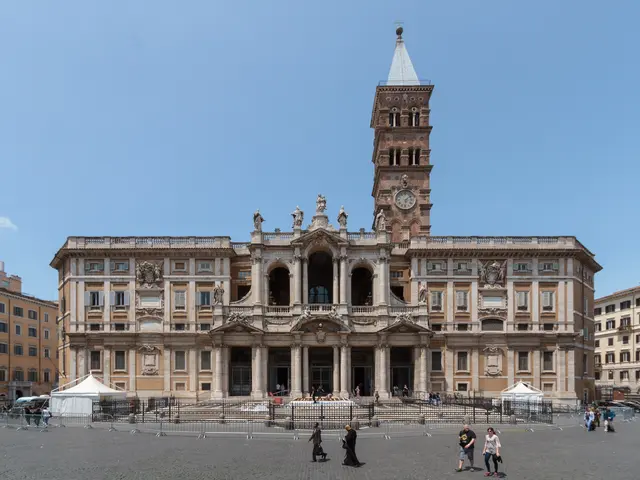

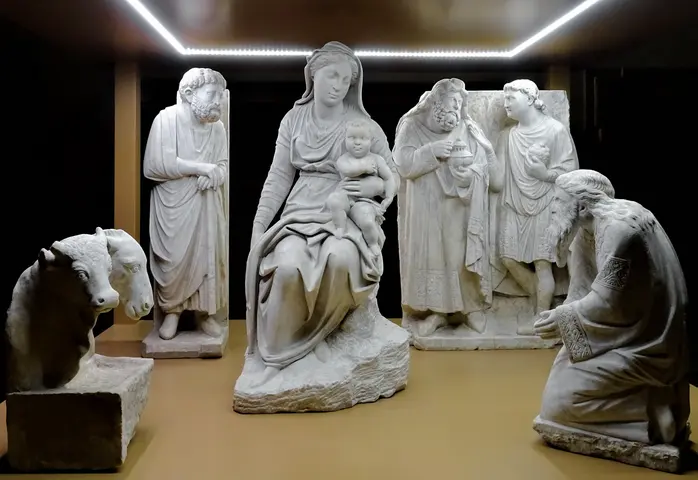
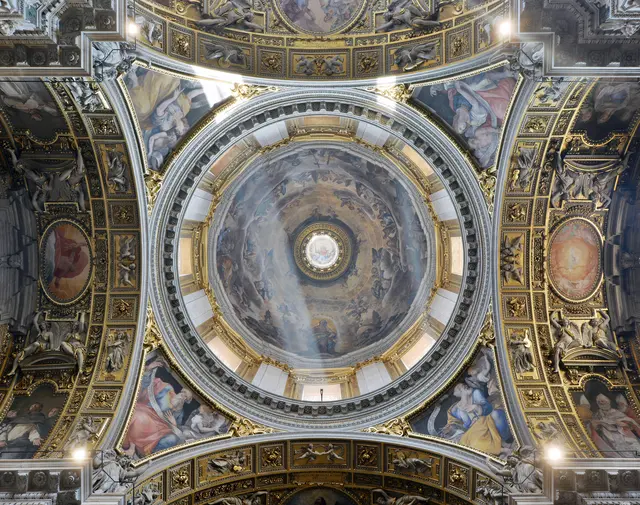
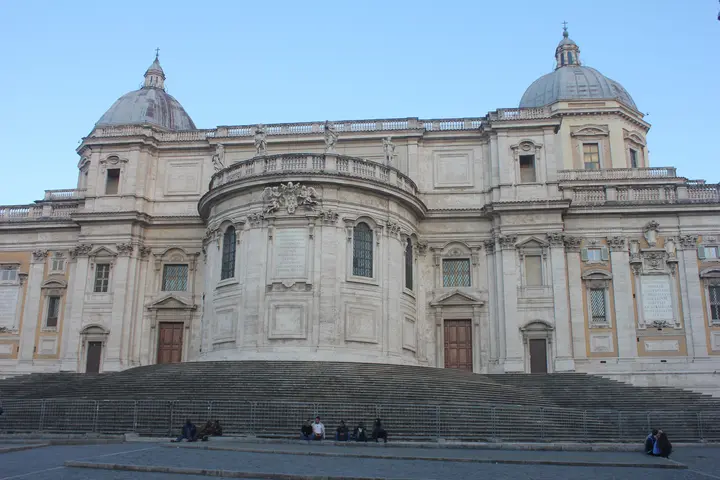
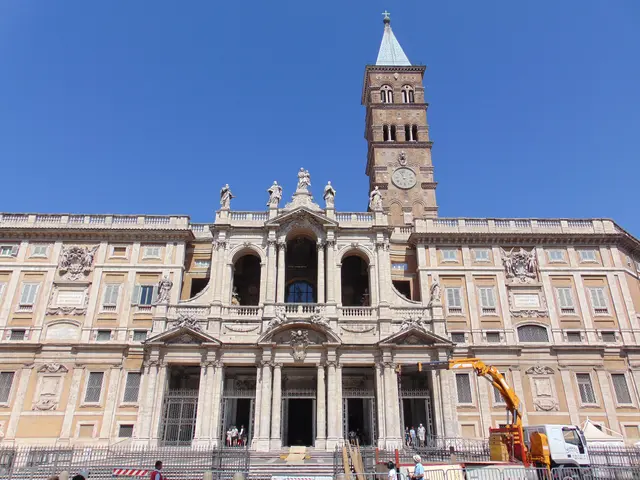
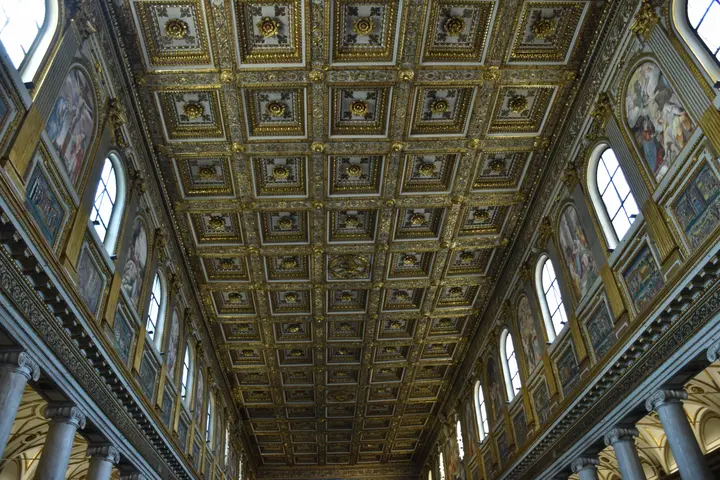
Introduction
The Papal Basilica of Saint Mary Major rises on Rome's Esquiline Hill, shaping the city’s history for more than 1,500 years. As the largest of its Marian churches, Saint Mary Major welcomes pilgrims and visitors with awe-inspiring mosaics, gilded ceilings, and ancient legends. Here, tradition and devotion weave together, making every visit an immersion in centuries of spiritual and cultural life. We’ll explore what makes this Roman monument an enduring treasure.
Historic Highlights
🌨️ Legendary Beginnings
The Papal Basilica of Saint Mary Major owes its legendary foundation to a miraculous summer snowfall. According to pious tradition, the Virgin Mary marked out the basilica’s site in snow on August 5, 358. While the earliest sources omit this miracle, the story—celebrated yearly with a shower of white flower petals—still charms Romans and travelers alike.
“Virgin Mary, for you Sixtus has dedicated a new dwelling.”
— Dedication Inscription, 5th century
🕍 Triumphal Arch & Mosaics
After the Council of Ephesus in 431 proclaimed Mary as Mother of God, Pope Sixtus III built Saint Mary Major in 432. Its original basilica plan survives, with a grand nave divided by 36 marble columns—spolia from ancient Rome—a triumph of the new Christian faith. The glittering 5th-century mosaics, illustrating Old Testament stories and the life of Christ, still dazzle visitors. These are the oldest mosaic cycle in any Christian church, making the basilica a living textbook of early Christian art and ideology.
“The only basilica in Rome that preserves its primitive early Christian structure.”
— UNESCO World Heritage Report
💒 Medieval, Renaissance & Baroque Transformations
The basilica evolved over centuries. In the Middle Ages, the crypt was enriched with relics of the Holy Crib, and Jacopo Torriti’s apse mosaic (1295) depicted Mary’s coronation. The towering campanile, built in 1376, dominates Rome’s skyline, its bell La Sperduta calling the faithful at dusk. The ceiling, famously gilded with the first gold from the New World, was completed in the 1490s on a Spanish royal gift. New chapels, including the Sistine and Pauline Chapels, were added to honor papal families and house the revered Salus Populi Romani icon—a symbol of hope, carried in times of plague.
🎉 Living Traditions & Local Life
Saint Mary Major is not just a Roman monument or triumphal arch to Christian faith: it’s a center of living tradition. Each August 5, locals and visitors gather to witness thousands of petals falling like snow inside the nave—a vivid memory for many. During crises, the beloved icon of Mary is carried in procession, as it was during the 6th-century plague and most recently by Pope Francis amid the COVID-19 pandemic. Even the great sculptor Bernini lies humbly interred here, a secret many discover by chance amid pilgrims’ steps.
💡 Visitor Tip
Time your visit with the annual Miracle of the Snows festival on August 5—there’s nothing quite like standing beneath a flurry of petals as history and legend come alive!
Timeline & Context
Historical Timeline
- 358 CE – Legendary summer snowfall and foundation outline by Pope Liberius.
- 432–440 CE – Pope Sixtus III builds the basilica after the Council of Ephesus.
- 640 CE – Relics of the Holy Crib placed in the crypt.
- 1295 CE – Apse mosaic by Jacopo Torriti completed under Nicholas IV.
- 1376 CE – Bell tower (campanile) constructed after papacy returns from Avignon.
- 1493–1495 CE – Gilded ceiling created using Spanish royal gold.
- 1585–1615 CE – Sistine and Pauline Chapels added.
- 1743 CE – Ferdinando Fuga builds Neoclassical façade.
- 1931 CE – Basilica gains extraterritorial Vatican status.
- 1980s–2020s – Major conservation campaigns restore mosaics, chapels, and exterior elements.
Continuity and Transformation in Architecture
The Papal Basilica of Saint Mary Major is unique among Rome’s churches for preserving its original 5th-century basilica layout, even as it accrued medieval, Renaissance, and Baroque additions. Unlike St. Peter’s, which was rebuilt, or St. John Lateran, radically altered, Saint Mary Major’s central nave, marble columns, and core footprint are largely as Pope Sixtus III intended. Each era added new layers: 13th-century apse mosaics, the soaring Romanesque bell tower, gilded Renaissance ceilings, and monumental Baroque chapels. Yet interventions were generally additive, not destructive—each new element integrated with care, producing a palimpsest that reads like a timeline of Christian art and devotion.
Political and Religious Significance
The basilica’s early decoration—lavish mosaics featuring Christ, Mary, and Old Testament figures—was a conscious statement after the sack of Rome and the Council of Ephesus. By visually promoting Marian doctrine and asserting the Church’s spiritual primacy, Pope Sixtus III signaled Rome’s resilience and religious leadership amid imperial decline. Later papal investments continued this tradition: additions like the Sistine and Pauline Chapels were not just worship spaces, but dynastic monuments and displays of Counter-Reformation grandeur, aligning the basilica’s evolving form with the Church’s global ambitions and political realities.
Comparative Context: Santa Sabina and Santa Maria in Trastevere
Comparing Saint Mary Major with Santa Sabina (5th century) and Santa Maria in Trastevere (12th-13th century rebuild) clarifies its extraordinary position. Santa Sabina preserves early Christian austerity—plain marble, Corinthian columns, minimal ornament—showing what major Roman basilicas looked like before centuries of artistic enrichment. Saint Mary Major, by contrast, bridges past and present: it retains its ancient form but displays a continuum of embellishments reflecting Rome’s development as a religious, artistic, and social center. Meanwhile, Santa Maria in Trastevere offers insight into Marian church evolution, with its own pedigree, mosaics, and vibrant community role, but on a more parochial scale. Saint Mary Major, as a papal and international church, embodies both continuity and capacious adaptation.
Ritual, Social, and Artistic Legacy
Through the centuries, the basilica has been a wellspring of social and devotional life. The annual Miracle of the Snows festival animates local identity, while the veneration of icons, such as the Salus Populi Romani, links crises of past and present. Relics like the Holy Crib and Nativity scene sculptures helped popularize living traditions—the Italian presepe, for instance—and the basilica’s choir and music festival sustain a vibrant cultural calendar. The basilica also fostered trades and guilds, from mosaicists to goldsmiths, and is closely tied to pilgrimage, tourism, and the city’s economic rhythms.
Contemporary Heritage Management
In the modern era, Saint Mary Major balances preservation with accessibility. Its extraterritorial Vatican status ensures dedicated care, but also brings unique challenges in funding and conservation. Regular restoration—supported by international foundations—has secured fragile mosaics and cleaned centuries of soot. Environmental threats, especially urban pollution and footfall, are addressed through microclimate studies and protective interventions, including modern HVAC systems in sensitive chapels. Yet, the basilica remains a vibrant gathering space, adapting resiliently while remaining a haven for faith, art, and community memory.